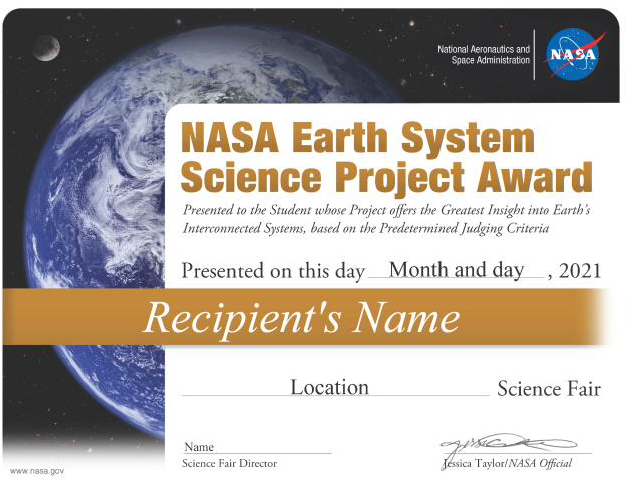Every day, scientists at NASA work on creating better hurricanes on a computer screen. At NASA’s Goddard Space Flight Center in Greenbelt, Maryland, a team of scientists spends its days incorporating millions of atmospheric observations. Sophisticated graphic tools and lines of computer code to create computer models simulating the weather and climate conditions responsible for hurricanes.
Educational Resources - Search Tool
A system is an organized group of related components that work together to carry out functions that the individual parts cannot do alone. The Earth System, like the human body system, are similar in that they comprise diverse parts that interact in complex ways.
Dr. Eric Brown de Colstoun is a Physical Scientist in the Biospheric Sciences Laboratory, NASA/GSFC, where he has been working for over 15 years. His expertise in the field of remote sensing is broad, having used data collected at various spatial scales, with a variety of instrumentation (laboratory, field, airborne, satellite).
The extreme temperatures during July 2022 prompt students to investigate a model that displays historical heat wave frequency data to discover the importance of defining terms when interpreting data.
Students synthesize information from My NASA Data maps and texts from the EPA website to determine how levels of criteria pollutants have changed from 2005 to 2021. This research will prepare them to respond to the lesson’s essential questions during a Socratic seminar.
In this activity, students will compare the methods scientists use to study the Sun, including drawings made during a total solar eclipse in the 1860’s, modern coronagraphs, and advanced imagery gathered by NASA’s Solar Dynamics Observatory.
In this activity, students investigate three different soil samples with varying moisture content. They use a soil moisture probe to determine the percentage (by volume) of water in each of the soil samples.
Students identify and classify kinds of land cover (such as vegetation, urban areas, water, and bare soil) in Landsat satellite images of Phoenix, Arizona taken in 1984 and 2018.





 Grade Band
Grade Band
